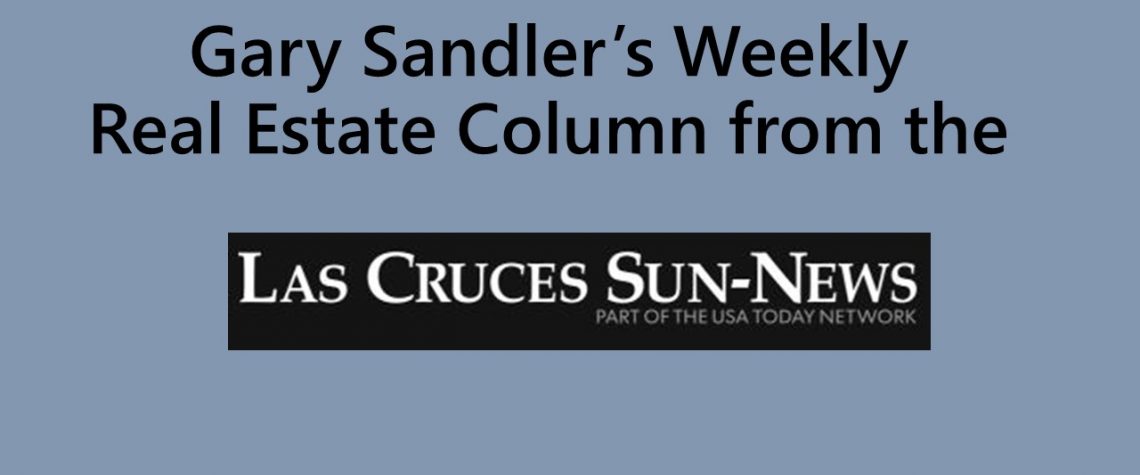-
Published 23 August 2018
According to the National Association of Realtors 2017 Profile of Home Buyers and Sellers, the most difficult step in the homebuying process is saving for a down payment. HouseLogic.com, which is NAR’s site for homeowners, recently reported that the 20 percent down payment requirement is “one of the biggest misconceptions in home buying.” Misconception, schmichconception, saving for a down payment is not that difficult to accomplish.
Let’s begin with the 20 percent misconception. The average down payment for first-time homebuyers in 2017 was 6 to 11 percent of the purchase price, according to NAR. The average down payment amount for all homebuyers was 13 percent. Just over one-third of all buyers purchased using an FHA loan, which is just one of the many alternatives to the 20 percent down conventional mortgage. The Veteran’s Administration and USDA both offer zero-down loans, while the New Mexico Mortgage Finance Authority offers programs for low and moderate-income buyers that require a minimum cash investment of just $500.
Freddie Mac and Fannie Mae both offer products that require just 3 percent down, while FHA loans are available with a 3.5 percent down payment. Keep in mind that loans are like shoes and lenders are like shoe stores. Not all shoe stores carry the same shoes, and not all lenders carry the same loans. The key to being a savvy shopper is to remember that even if two “stores” carry the same products, they may not price them the same.
In addition to saving for the down payment, buyers also have to consider the closing costs associated with purchasing. In our area, where the average existing-home sales price is just under $200,000, buyers can expect to pay around $2,800 to $3,200 for loan and appraisal fees, homeowner’s insurance and other related costs.
So, now that we know that homes can be purchased with far less than 20 percent down, the next order of business is to figure out where to find the money.
I jokingly tell people that the New Mexico Lottery could finance their down payment and closing costs, perhaps even the entire house, albeit at pretty long odds. A better route would be to procure gift funds from friends, family or employers. Some nonprofits provide down payment assistance. Borrowing from retirement accounts is another alternative, but make sure you read up on any possible penalties you could incur in connection with the withdrawal. Your income tax refund, if you’re lucky enough to receive one, may do the trick as well.
You may also want to consider crowdfunding sites, such as Kickstarter, to launch your homebuying quest. Lenders will want to know the names of your individual contributors if the money was deposited into your checking or savings account just prior to applying for a loan, so it’s better to complete the funding process and transfer the funds at least two months before you’re ready to buy. By the time you are ready to sign on the dotted line, the funds will be “seasoned” and no longer subject to verification.
Another method of reducing the amount of upfront money is to ask the seller to pay your closing costs, which in our area would reduce the cash required to complete the purchase by around $2,800. Keep in mind that there’s no free lunch. You could have purchased the property for that much less had you not asked for the concession. Instead, you’re financing that much more in exchange for lower out-of-pocket costs.
And finally, you can sell some of your assets. Depending on the number of hobbies you’ve taken up and subsequently abandoned over the years, you could be one garage sale away from living on Easy Street.
See you at closing.
Gary Sandler is a full-time Realtor and president of Gary Sandler Inc., Realtors in Las Cruces. He can be reached at 575-642-2292 or Gary@GarySandler.com.
About author
-
-
About Author
Gary Sandler
-
© 2022 Gary Sandler - Website Developed by: Digital Solutions
